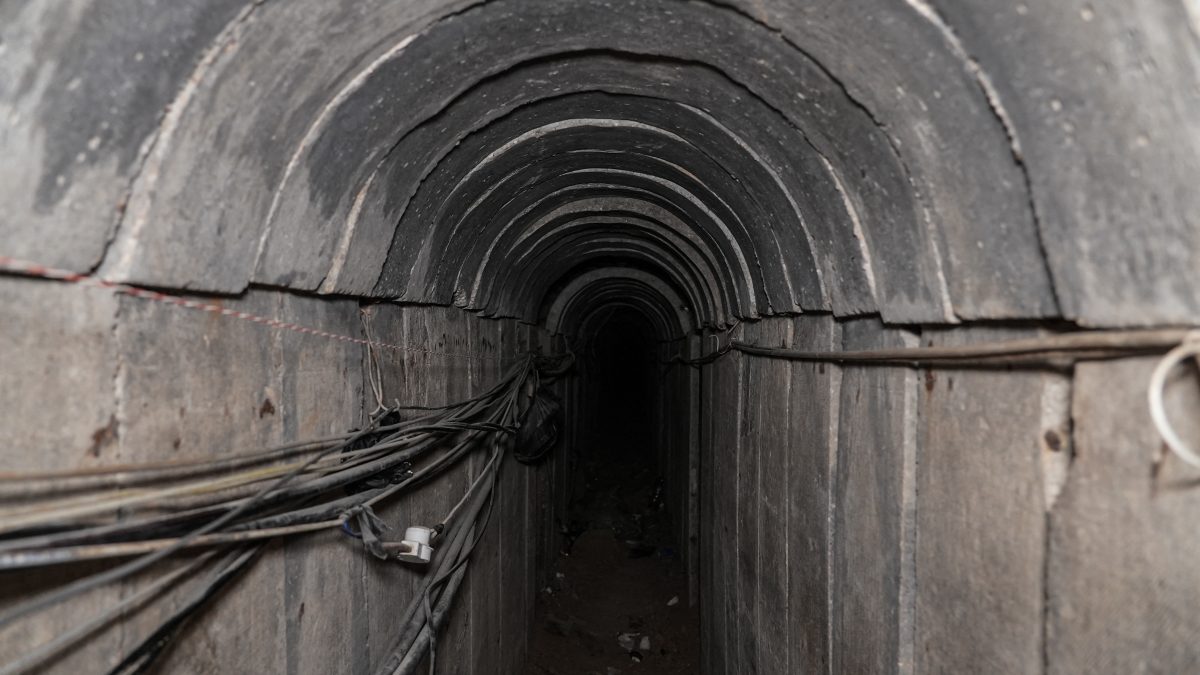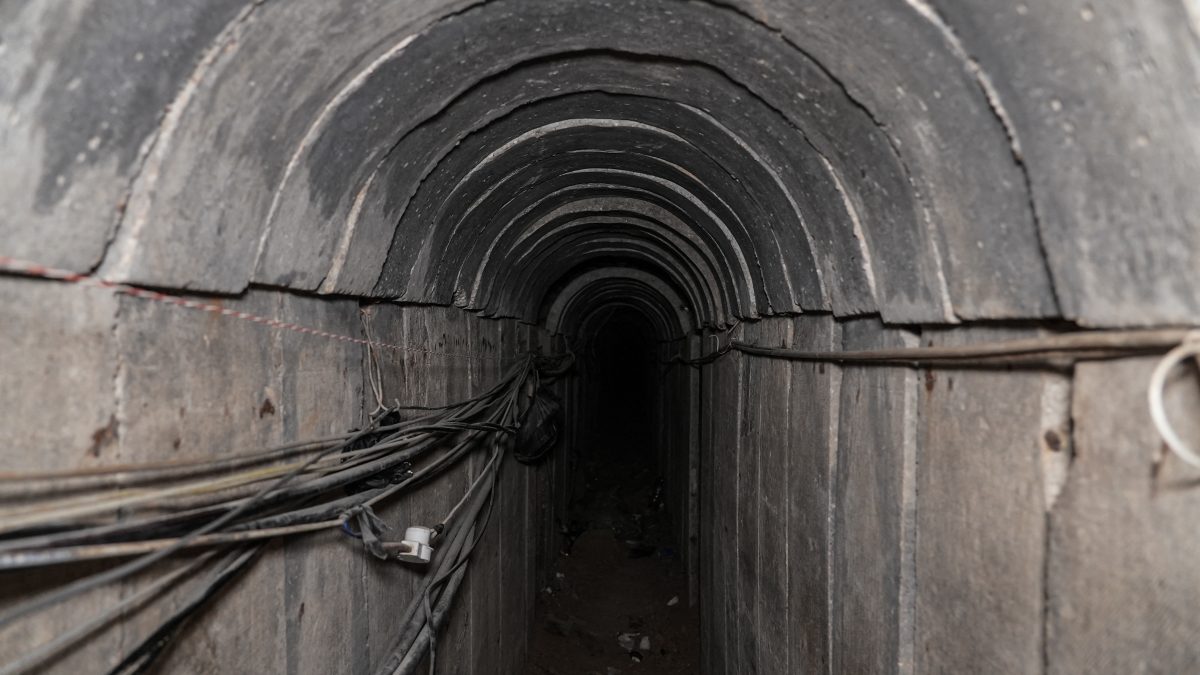The United States is facing the longest federal government shutdown in its history.
The closure, which began on October 1, has entered 37th day, and the effects are now visibly reshaping one of the country’s most essential services: commercial air travel.
The US Department of Transportation and the Federal Aviation Administration (FAA) have initiated a plan to reduce flight activity at some of the busiest airports in the country, citing concerns about safety and the mounting strain on air traffic operations.
How US aviation was already under severe strain
Even before the shutdown began, the FAA was operating with a significant staffing shortfall. The agency has been working to rebuild its workforce after years of retirements, training disruptions and recruitment lags.
According to internal assessments, the FAA is currently short by approximately 3,500 air traffic controllers nationwide.
The shutdown has increased these issues dramatically. Around 13,000 air traffic controllers and 50,000 Transportation Security Administration (TSA) agents are still on duty, but they are doing so without pay.
Many controllers have been assigned mandatory overtime, including six-day workweeks, to sustain service levels.
Some have reportedly struggled to meet personal financial obligations, with US Transportation Secretary Sean Duffy noting that certain controllers were having difficulty even paying for transportation to report to work.
As the shutdown has continued, fatigue and absenteeism have risen. FAA Administrator Bryan Bedford explained that staffing shortages have escalated sharply in recent weeks, stating, “We can’t ignore it.”
He also noted that the shutdown has pushed staffing pressures to a level not previously seen, even during earlier long federal closures.
From Friday through Sunday of the most recent weekend, at least 39 air traffic control facilities reported potential staffing limitations — a significant jump compared to pre-shutdown averages.
Prior to October 1, the average number of FAA facilities reporting staffing pressure during a weekend was about 8.3.
Since the shutdown began, that average has climbed to 26.2.
Meanwhile, delays linked to staffing have already affected tens of thousands of flights. Airlines estimate that at least 3.2 million passengers have experienced disruptions since the shutdown started.
More than 2,100 flights were delayed just on Wednesday.
Given the scale of the strain, agency officials say that returning to normal schedules will not happen immediately, even if the shutdown ends soon.
They point out that stabilisation will require sufficient staffing levels, predictable scheduling and time for controllers to recover from extended stress.
Why flight reductions are being ordered
On November 5, Duffy announced that he would direct a 10 per cent reduction in flights across 40 major US airports, citing the need to reduce pressure on strained controller teams and safeguard aviation safety.
He noted concerns identified in a confidential safety assessment examining the shutdown’s operational effects, stating, “We had a gut check of what is our job. Our job is to make sure we make the hard decisions to continue to keep the airspace safe.”
Reuters reported details of the plan before the official announcement, indicating that the FAA planned to phase in the reductions over several days.
According to industry sources consulted in calls with airline executives, capacity limits were expected to begin at around 4 per cent and rise gradually to 10 per cent by the following week.
The FAA also stated that international flights would be exempt from these reductions, focusing adjustments largely on domestic schedules.
FAA Administrator Bedford affirmed the reasoning behind the cuts, explaining, “When we see pressures building in these 40 markets, we just can’t ignore it. We can take action today to prevent things from deteriorating so the system is extremely safe today, will be extremely safe tomorrow.”
Though the government has not publicly released the names of the affected airports, analysts anticipate that the largest US aviation hubs are among them.
Airports serving New York City, Washington DC, Chicago, Los Angeles, Atlanta and Dallas are expected to see reductions.
Aviation analytics firm Cirium estimated that the cut may eliminate as many as 1,800 flights and more than 268,000 airline seats on affected days.
The FAA has also signalled that further restrictions could be introduced if staffing problems worsen, including limitations on general aviation and scheduled space launches.
How airlines are coping with the adjusted schedules
Airlines have spent recent days analysing how to implement required cuts while limiting disruptions in the highest-demand parts of their networks.
United Airlines CEO Scott Kirby told employees that the airline would protect hub-to-hub and long-haul international routes, focusing reductions on regional and domestic services instead.
He also highlighted flexibility in customer accommodation, telling staff, “any customer travelling during this period is eligible for a refund if they do not wish to fly - even if their flight isn’t impacted.”
American Airlines also sought to reassure travellers, indicating that the majority of its customers would avoid significant disruption.
Southwest Airlines, the largest US domestic airline by passenger volume, said it was still evaluating the operational implications of the FAA order and committed to update affected travellers as soon as possible. The airline also called on lawmakers to urgently resolve the funding impasse.
As airlines adjust, there is growing concern among carriers about potential downturns in bookings if travellers lose confidence in system reliability. Shares of United Airlines and American Airlines fell around 1 per cent in extended trading following the flight reduction announcement.
The Association of Flight Attendants-CWA, representing more than 50,000 cabin crew members across 20 airlines, criticised the shutdown’s effects on workers and passengers alike.
Its president, Sara Nelson, said the ongoing situation amounted to “cruel attacks on all Americans.”
She added, “The false narrative that this shutdown is a choice of either paying federal workers or protecting affordable healthcare is outrageous when both crises were manufactured by the exact people who can fix it.”
What this means for travellers in the US
As the shutdown continues, travellers in the US should prepare for potential disruptions, including:
Reduced available flight options on domestic routes
Longer wait times for rebooking or refunds
Delays linked to staffing shortages at air traffic control centres
Potential slowdowns at security checkpoints if TSA staffing worsens
The FAA has stated that safety systems remain intact, but acknowledged that operational capacity will remain constrained as long as staffing shortages persist.
Duffy has warned that the situation could worsen if the shutdown continues into another pay cycle. He noted that while some controllers could manage missing one paycheck, missing two or more creates heavier strain.
He has also said that in a prolonged shutdown, the government may need to consider closing parts of national airspace entirely, which could effectively ground significant flight activity.
How the govt shutdown reached record duration
The shutdown began following a funding dispute in Congress centred on health insurance subsidies that had been introduced during the Covid-19 pandemic. These subsidies, which help lower premiums for millions of Americans, are set to expire.
Congressional Democrats have insisted that any budget bill must include provisions to maintain them, while Republicans — backed by President Donald Trump and key allies — have rejected these conditions.
With neither side willing to compromise, the federal government entered partial closure. Hundreds of thousands of federal workers were furloughed, while many employees deemed essential were required to continue working without pay.
Trump has urged Republicans to intensify their negotiating posture, even suggesting that the Senate should eliminate the filibuster rule to pass a reopening bill more quickly.
He has argued that the political stakes extend beyond the shutdown itself, saying, “This is much bigger than the shutdown. This is the survival of our country.”
Democrats, meanwhile, view recent election results in states like Virginia and New Jersey — where Democratic candidates emerged strongly — as validation of their approach.
US Senator Chris Murphy of Connecticut stated, “It would be very strange for the American people to have weighed in, in support of Democrats standing up and fighting for them, and within days for us to surrender without having achieved any of the things that we’ve been fighting for.”
Senators from both parties — particularly those involved in federal appropriations — have expressed interest in restoring the normal budget process and passing targeted funding bills supporting critical government sectors, such as agricultural programs and military construction.
But a resolution to the dispute over health insurance subsidies remains a key barrier.
Insurance companies have already issued notices to policyholders explaining increases in premium costs. Without extended federal subsidies, many Americans may find health coverage unaffordable.
With inputs from agencies


)

)
)
)
)
)
)
)
)



